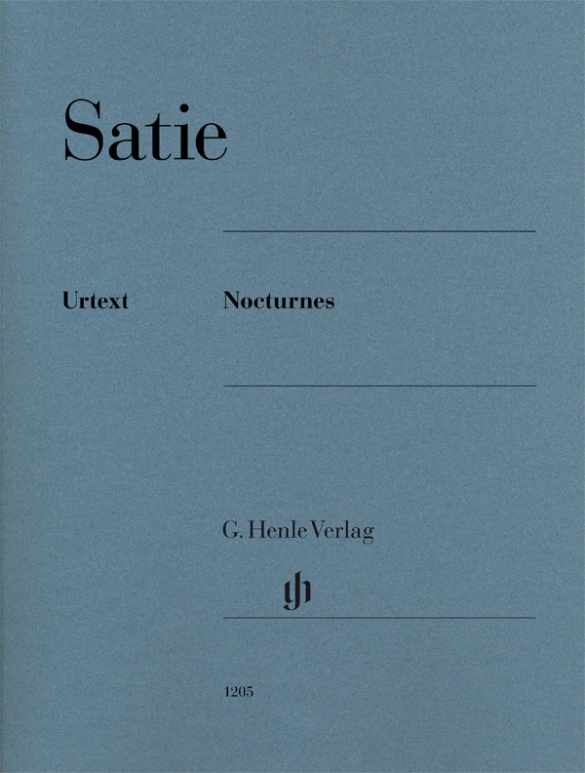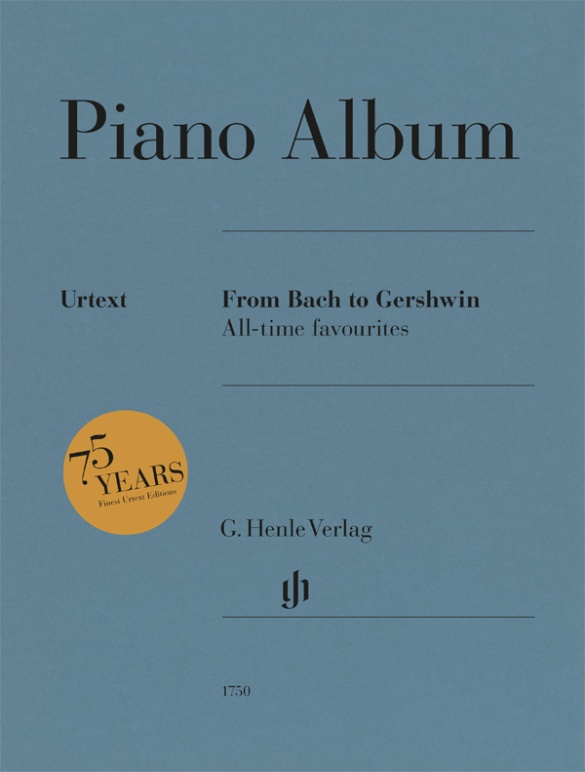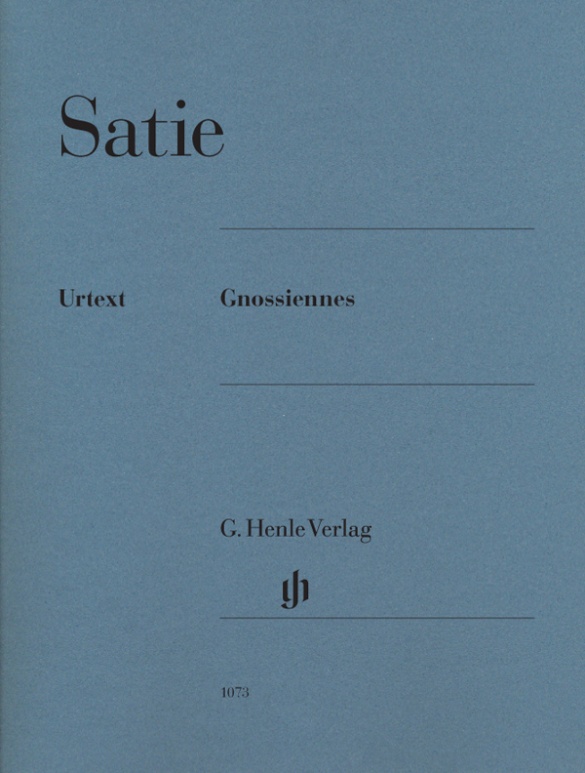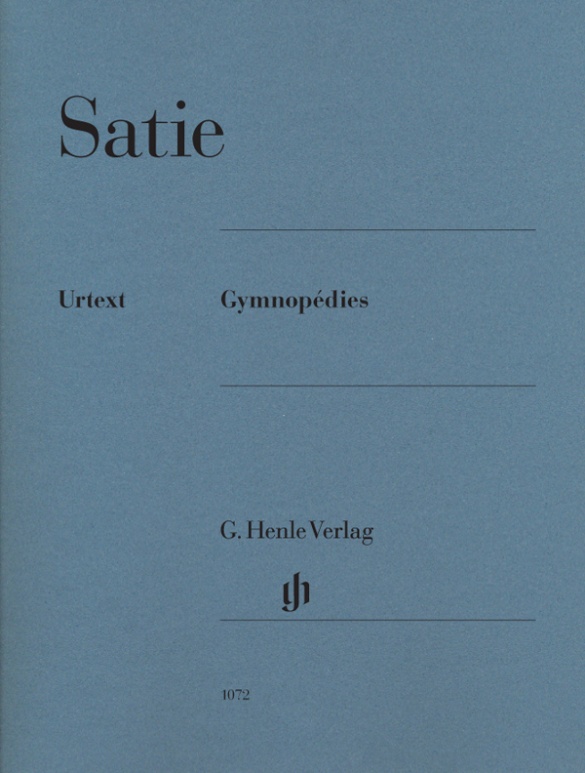

Erik Satie
Gymnopédies
Headstrong and eccentric, Satie consciously distanced himself from the Romantic traditions of the nineteenth century. His three miniatures for piano "Gymnopédies" are the first testimony to his idea of a "New Simplicity": repetitive, steady rhythms that are reminiscent of ancient cult dances have their very own meditative charm.
Satie’s principle of stringing together musical units rather than forcing them to develop later proved groundbreaking for many musical movements of the twentieth century. Satie would certainly have appreciated the balanced print image of our Urtext edition, as he took pleasure in the visual design of his musical scores.
Read more about this edition in the Henle Blog.
mws-henle.cms.title-works.headline
mws-henle.cms-product-detail.composer-headline
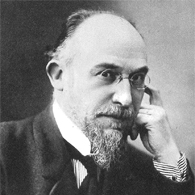
Erik Satie
Avant-garde composer in Paris around 1900 with an extremely unique oeuvre.
| 1866 | Born in Honfleur on May 17. |
| 1874 | Organ lessons and introduction to Gregorian chant, which will have a marked effect on his creative work: “Quatre Ogives” for piano (1886) and “Messe des Pauvres” for organ (1895). |
| 1879–87 | Studies at the Conservatoire de Paris. |
| from 1887 | In Montmartre he makes his living variously as musical director of the shadow theater at the Chat Noir and as a pianist at the Auberge du Clou. He adopts the musical language of the music hall and the cabaret: e.g. “Trois morceaux en forme de poire” (“Three Pieces in the Shape of a Pear”) for piano, four-hands (1903).1888/89 |
| Beginnings of the first “Gymnopédies” and “Gnossiennes” for piano. | 1891–92 |
| He joins the eccentric circle of the “Ordre de la Rose-Croix Catholique du Temple et du Graal” around Sâr Péladan and composes avant-garde music for it: “Le Fils des étoiles” (incidental music) with stacks of fourths, “Trois Sonneries de la Rose + Croix.” | 1893 |
| “Vexations” for piano, which is to be repeated 840 times. | 1905–08 |
| Studies at the Schola Cantorum in Paris to improve his compositional technique. | 1911 |
| Ravel’s performances of his compositions bring Satie recognition as a composer. | from 1912 |
| New compositional phase: piano pieces whose underlaid texts are to be read aloud to further thwart the musical process (alienation of patterns): “Véritables préludes flasques (pour un chien)” (“True Flabby Preludes for a Dog,” 1912), “Descriptions automatiques” (1913), “Sports & Divertissements” (1914), “Sonatine bureaucratique” (1917). | 1916/17 |
| Ballet “Parade” with Cocteau and Picasso. | 1917/18 |
| “Socrate (drame symphonique)”, one of the primary works of neoclassicism. | 1925 |
mws-henle.cms-product-detail.author-headline
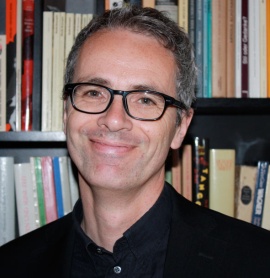
Ulrich Krämer (mws-henle.person.role.HERAUSGEBE)
Dr. Ulrich Krämer, born in 1961 in Bielefeld, is Head of the Research Centre at the Arnold Schönberg Complete Edition in Berlin. He read musicology and German in Hamburg and Bloomington and wrote his doctoral thesis under the supervision of Rudolf Stephan on Alban Berg as a pupil of Arnold Schönberg.
In addition to his editorial work, he has been a lecturer at the Hochschule für Musik “Hanns Eisler” and at the Berlin University of the Arts, as well as “Visiting Scholar” at the Graduate Center at the City University New York. Alongside the volumes he has prepared for the Schönberg Complete Edition (including the score of the Gurre Lieder which was awarded the Deutsche Musikeditionspreis), his scholarly publications include editions of Alban Berg’s student compositions and Theodor W. Adorno’s compositions found in his estate, as well as essays and articles on Brahms, Berg, Schönberg, Ravel and Astor Piazzolla.
Product Safety Informations (GPSR)

G. Henle Verlag
Here you can find the information about the manufacturer of the product.G. Henle Verlag e.K.
Forstenrieder Allee 122
81476 München
Germany
info@henle.de
www.henle.com
推荐
autogenerated_cross_selling
本书目其他版本
本书目其他版本


